The 2014 Affirmation Conference: Agency and Community
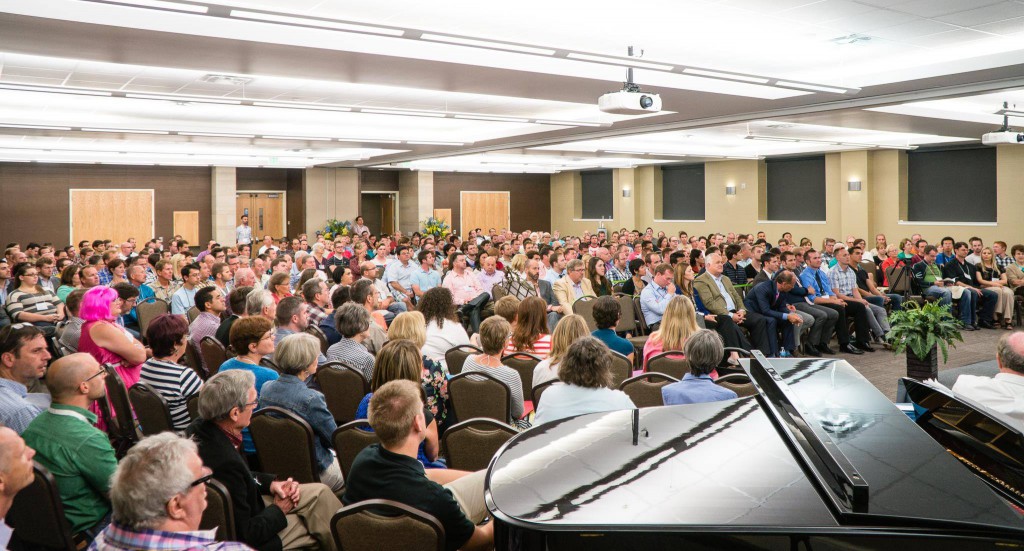
By John Gustav-Wrathall
Observers of the American religious scene, and observers of Mormonism within that scene, are talking about a burgeoning “crisis of faith.” The question of what place there is within the Church of Jesus Christ of Latter-day Saints for lesbian, gay, bisexual and transgender people is one of a constellation of issues that are identified in relation to this faith crisis. However central or peripheral issues of sexual orientation and gender identity may be to the larger Mormon faith crisis, a crisis of faith is almost inevitable for LGBT Mormons. No organization or conference claiming to address the needs of LGBT Mormons could do so successfully without acknowledging the reality of this crisis of faith, and without taking an open ended approach to it, without preconceived notions of how to deal with it. The recent Affirmation Annual International Conference, held in Salt Lake City September 12-15, 2014, attempted to do just that, by providing opportunities to approach both Mormonism and being LGBT from a wide range of perspectives, both in terms of how individuals identify themselves as LGBT, and how they seek answers to urgent questions of ultimate meaning.
Historically the LGBT Mormon community has tended to bifurcate on either side of a fault line of orthodox faith versus sexual identity and/or gender identity. You could be LGBT and ex-Mormon, or Mormon and struggling to overcome same-sex attraction and/or gender confusion. The realities of people’s individual lives have, of course, always been more nuanced and complex. But LGBT Mormon organizations have generally preferred to prescribe specific solutions, either by offering to help individuals “overcome” same-sex attraction, or ease the transition out of Mormonism. These approaches exacerbated the bifurcation. Community organizations have found it difficult to find and preserve a balance that empowered individuals and encouraged them to self-determine within a context of loving community. Affirmation has tried to do this in the past with varying degrees of success, and in recent years has renewed efforts at greater neutrality and balance, despite pressures to lean one way or the other in relation to that fault line of orthodox faith versus sexual or gender identity. Whether Affirmation’s current efforts are durable remains to be seen, but the 2014 Annual Conference represented perhaps our best effort yet toward achieving balance and providing options that could empower individuals to determine their own course through difficult terrain.
The opening keynote speaker, Darius Gray, spoke from a perspective firmly grounded in LDS faith. Gray is an African-American Mormon, who could speak to the experience of being a faithful, active Mormon from the era before the 1978 revelation allowing blacks to hold the priesthood until the present, who played a pioneering role within the Mormon Church and has served as a leader within the black Mormon community. Given this experience, Gray was able to speak to issues of inclusion and exclusion, the difference between LDS doctrine and Mormon culture, and the dynamic, nuanced relationship between personal revelation and official church teaching, all issues of vital relevance to LGBT Mormons today.
Other keynote speakers included Spencer Day, a jazz vocalist, Clark Johnson, a member of the original cast of The Book of Mormon: The Musical, Spencer and Dustin Reeser-Stout, known for their viral Home Depot marriage proposal YouTube video, and Eri Hayward, who was featured in the acclaimed documentary Transmormon. These speakers were all individuals who had wrestled with their faith as Latter-day Saints, and eventually found it necessary to leave or distance themselves from the LDS church. They described a landscape with which many LGBT Mormons are familiar, exploring questions of whether one should trust oneself over what one is being told by trusted family, church members and church leaders; how to make sense of seeming contradictions between deeply held beliefs and one’s personal experience; and dealing with acceptance or rejection from family and friends.
At this year’s conference, a much more deliberate and focused approach was taken to workshops and discussion forums. Experienced counselors and/or therapists held workshops specifically geared toward helping individuals navigate the different challenges of reconciling faith and sexual or gender identity. The focus was on the individual journey, and individual empowerment, rather than speaking for or against the merits of particular, possible outcomes. An open forum of TED – style talks was also offered. A call for papers was put out, and individuals were invited to propose 10-minute talks on the variety of topics relevant to the LGBT Mormon experience. The purpose of this forum was to rollout a wider diversity of individuals and topics to be presented to a larger number of conference participants than was possible in previous years under the traditional workshop format.
Also new at this year’s conference was a time devoted to affinity groups. There were groups for active LDS, for former and/or faith transitioning Mormons; for individuals in mixed-orientation marriages, for celibate individuals, for individuals in or seeking same-sex relationships; for women, for men, for transgender individuals; for people of color; for millennials and youth. Each group was permitted to structure their time together, and address questions or issues in ways that they felt were most relevant to their particular needs.
As at conferences of recent years, this year’s Affirmation conference included devotional activities such as prayers, the singing of hymns, a spiritual story-sharing/testimony meeting, and organized attendance at the Sunday-morning “Music and the Spoken Word” performance at the Salt Lake Tabernacle. At the broadcast, Affirmation was given VIP seating and asked to stand and be recognized as a visiting group. As in previous years, participants were encouraged to pray or share stories in whatever way they felt most comfortable, whether it fit within a framework of traditional Mormon orthodoxy or not, and whether it fit within the framework of any faith at all or not.
Feedback about the conference was overwhelmingly positive. Over 400 individuals registered and participated. Many who have participated in previous conferences said they felt this was the best conference that had ever been organized. Newcomers to Affirmation expressed their sense that this was the best organized event they had ever participated in for LGBT Mormons.
This conference provided more opportunities to understand transgender within a Mormon faith context than ever before at an Affirmation conference. It included larger numbers of heterosexual family members, friends and other allies than ever before. It included larger numbers of LGBT youth accompanied by their families than ever before. All of these were seen as tremendous positives.
As always, there were glitches. The affinity groups were probably not structured in an optimal way, because they forced individuals to choose between multiple affinities/identities. For instance, would a black, gay LDS-church-active man in his 20s go to the group for people of color? For men? For millennials? For the active LDS LGBT group? Some of the feedback about the keynote speakers reflected the tensions that seem to naturally come with trying to foster an environment that affirms those who choose Church activity, while also affirming those who choose to distance themselves from the Church.
Still, much of the feedback confirmed increasing maturity of the Affirmation community, a growing recognition that we need safe spaces for all of us, that none ought to be excluded or marginalized. Affirmation must foster an environment where individuals are able to wrestle with and explore the principles of LDS faith from a believing perspective, but it must also provide a safe place for people who no longer adhere to LDS belief, and for everyone everywhere in between. All – regardless of where they are in relation to faith, or regardless of how they identify (whether as LGBT, SSA, queer, allies, etc.) – deserve a place of unconditional love, acceptance and healing. Perhaps our support for each other ultimately will be more effective across our differences than it can possibly ever be exclusively among those who see eye-to-eye with us. In future conferences, we hope to continue to build on what we’ve learned from this conference. It is doubtful there will ever be a time when we can just rest on our laurels and create an inclusive, healing community without good old-fashioned hard-work that empathy and inclusion require. But what we’re doing seems to be working and we’re learning how to do it better.
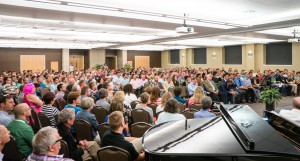
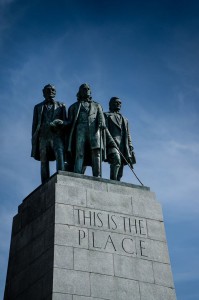
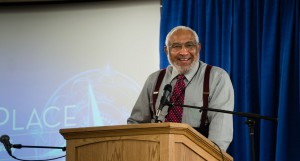
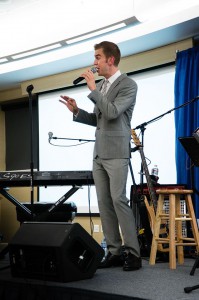
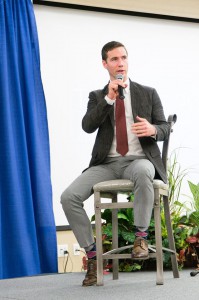
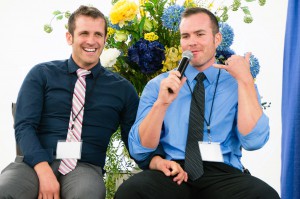

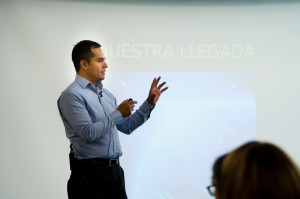

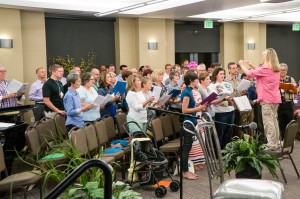
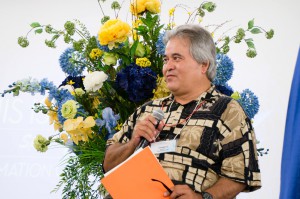
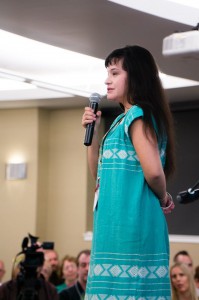
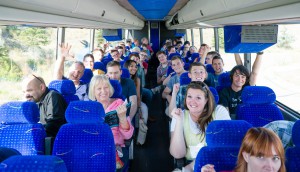



The re-done website and just feelings of optimism that are now coming from you and those filmed at the Conference testimony meeting now make me want to add this site as a recommendation for Bishops I know.